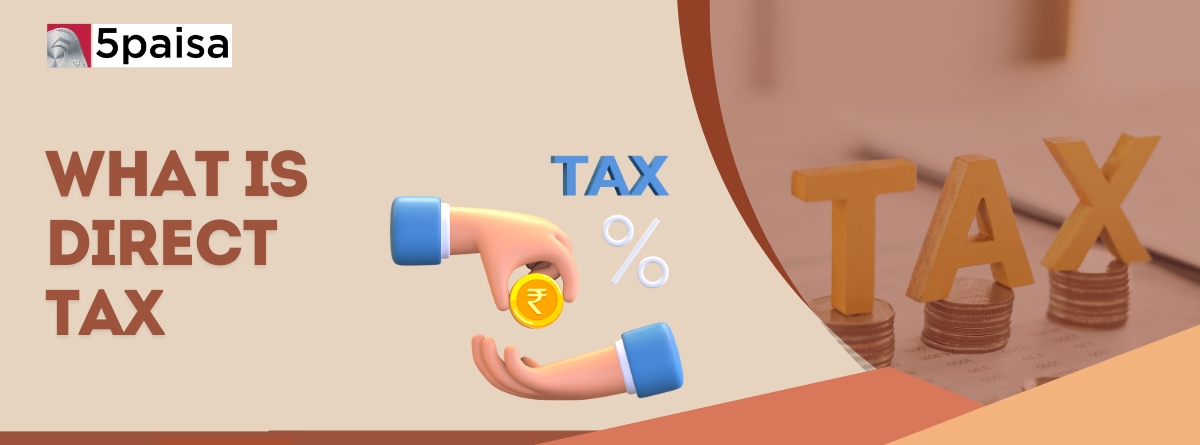Content
Direct taxes are a key component of any country’s tax system, especially in India. These taxes are imposed directly on individuals or businesses, and the tax payment is made directly to the government. The crucial distinction between direct and indirect taxes is that with direct taxes, the taxpayer cannot transfer the responsibility of payment to others, unlike indirect taxes where costs are passed on to the consumer.
More Articles to Explore
- Difference between NSDL and CDSL
- Lowest brokerage charges in India for online trading
- How to find your demat account number using PAN card
- What are bonus shares and how do they work?
- How to transfer shares from one demat account to another?
- What is BO ID?
- Open demat account without a PAN card - a complete guide
- What are DP charges?
- What is DP ID in a demat account
- How to transfer money from demat account to bank account
Disclaimer: Investment in securities market are subject to market risks, read all the related documents carefully before investing. For detailed disclaimer please Click here.
Frequently Asked Questions
Direct taxes are levied directly on an individual’s income, wealth, or profits, whereas indirect taxes are imposed on goods and services and are passed on to the consumer.
Income tax is a major source of government revenue and plays a vital role in funding public services and infrastructure, helping maintain social equity and economic stability.
Capital gains tax is levied on profits from selling assets like property or stocks. Short-term capital gains are taxed at higher rates, while long-term capital gains may benefit from lower rates and indexation.
Yes, foreign companies making income in India through activities like selling assets or receiving royalties are subject to corporate tax in India, based on their earnings.
The removal of wealth tax streamlined the tax system, reducing administrative burden and complexity. It also led to a focus on more efficient tax collection methods, like capital gains tax.



